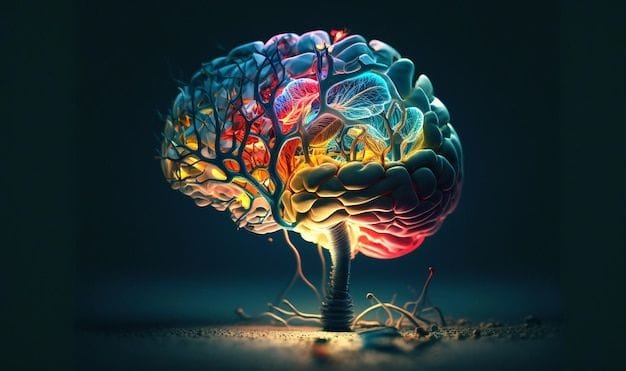How Neuroplasticity Can Rewire the Way You Learn
Have you ever wondered why some people pick up new skills easily, while others feel stuck in old patterns? The answer isn’t about age, talent, or intelligence — it’s about the brain’s incredible ability to change. This ability is called neuroplasticity, and it’s the foundation of learning, adapting, and growing at any stage of life.
At ShiftEd Minds, we believe that understanding neuroplasticity is the key to unlocking your potential, not just in education, but in life. Let’s explore what it is, why it matters, and how you can start rewiring your brain today.
What Is Neuroplasticity?
Put simply, neuroplasticity is your brain’s ability to create new neural pathways and strengthen existing ones. Think of your brain like a garden: every thought, action, or habit you repeat is like watering a particular plant. The more you water it, the stronger it grows. Neglected plants (unused habits or knowledge) wither away.
In the past, scientists believed the brain was fixed after childhood — that once we reached adulthood, change was nearly impossible. But modern neuroscience has proven the opposite: your brain is constantly evolving, and you can intentionally shape it through your actions, environment, and mindset.
Why Neuroplasticity Matters for Learning
When you understand neuroplasticity, learning stops feeling like a chore and starts becoming a process of training your brain.
- Breaking habits: Struggling to stop procrastinating? Neuroplasticity explains how repetition and focus can replace unhelpful patterns with empowering ones.
- Building skills: Whether it’s learning a new language, mastering public speaking, or adapting to new technology, your brain adapts with practice.
- Overcoming self-doubt: “I’m just not good at this” is often a belief rooted in old neural pathways. With the right mindset and practice, you can rewire those beliefs into confidence.
Everyday Examples of Neuroplasticity in Action
- Learning to ride a bike: At first, it feels impossible. But with repetition, your brain wires the balance, coordination, and muscle memory you need.
- Language learning: Each new word or phrase creates connections in your brain. With practice, those connections strengthen until they feel automatic.
- Mindset shifts: Someone who once believed “I can’t do maths” can, with new strategies and practice, develop entirely new ways of thinking.
3 Simple Ways to Rewire Your Brain for Learning
You don’t need a neuroscience degree to benefit from neuroplasticity. Here are three practical ways to start today:
1. Practice in Small, Consistent Steps
The brain learns best through repetition. Instead of cramming for hours, study or practice in short bursts every day. Think 10 minutes daily instead of 2 hours once a week.
2. Pair Learning with Emotion
Your brain remembers experiences tied to emotion. Turn your learning into something meaningful: connect it to a personal goal, or celebrate small wins to reinforce the positive experience.
3. Challenge Yourself Outside the Comfort Zone
Neuroplasticity thrives when you stretch just beyond what feels easy. Take on slightly uncomfortable challenges — this is where growth happens.
Why This Matters for You
Understanding neuroplasticity gives you freedom. It reminds you that you are not “stuck” with your current abilities or habits. Your brain is not a finished product — it’s a work in progress, shaped by what you do every day.
At ShiftEd Minds, we use these principles to help you build resilience, break limiting patterns, and unlock your true learning potential.
Final Thought
The next time you catch yourself saying, “I’m just not good at this,” remember: your brain is waiting for new instructions. With focus, repetition, and the right strategies, you can rewire your mind to learn, adapt, and thrive.


